Do Alpacas Roam Wild or Are They Domesticated Creatures?
Ever wondered if alpacas roam wild and free, just like their distant cousins, the llamas? Well, I’m here to shed some light on that. Alpacas, known for their soft wool and gentle nature, are native to South America. But do they still exist in the wild?
The answer might surprise you. Alpacas have a rich history that dates back thousands of years. They’ve been domesticated for a long time, but what about their wild counterparts? Let’s dive into the fascinating world of these adorable creatures and uncover the truth.
So, if you’ve ever found yourself pondering about alpacas in the wild, you’ve come to the right place. Stay tuned as we unravel the mystery behind these fluffy, long-necked animals.
Key Takeaways
- Alpacas, known for their soft wool and gentle nature, were domesticated by the ancient tribes of the Andean Highlands of Peru over 5000 years ago, making them one of the world’s oldest domesticated species.
- There are two types of alpacas: the Huacaya, which has fluffy wool and the Suri, which has long, silky fibers. Both types have been valued resources for the Andean people for thousands of years.
- Alpacas have always been intricately tied to human civilization in the Andean region and have never existed in a feral or wild state in South America. They were especially protected and valuable during the Inca period.
- The process of the alpacas’ domestication began as early as 6000 BC. The Andean tribes selected animals with the best quality fleece and the gentlest temperaments, which has led to the refined alpaca breed we see today.
- Today, alpacas are integral to the culture of the Andean people. The Quechua and Aymara communities in particular rely on alpacas for their fiber, meat, and as cultural symbols.
- As per data from the International Alpaca Association, the distribution of alpacas primarily spans across four countries – Peru, Bolivia, Chile, and Ecuador, with Peru hosting the largest population.
- There are no wild alpacas. All alpacas are domesticated herd animals that have relied on humans for survival. Their existence is tied irrevocably to humans and they’re not part of the native South American wildlife nor found roaming wild anywhere. The vicuñas, ancestors of alpacas, are the ones found in the wild.
The Origin of Alpacas
Delving back into history, we’ll discover the roots of these fascinating pelage providers. Alpacas were first domesticated by the ancient tribes of the Andean Highlands of Peru. They relied on these creatures for clothing, food, and as beasts of burden. What’s surprising is that alpacas were domesticated almost 5000 years ago, making them one of the world’s oldest domesticated species.
Let’s take a moment to distinguish between two types of alpacas: the Huacaya and the Suri. The former has thick, fluffy wool while the latter flaunts long, silky fibers. For thousands of years, these creatures have served as a valuable resource for the Andean people. And believe it or not, despite centuries of farming, alpacas were never known to exist in a feral or wild state in South America.

Examining ancient records tells us that these creatures have always been intricately tied to human civilization in the Andean region. They were considered so valuable that Inca royalty had exclusive rights over them. In fact, harming an alpaca was a punishable offense.
Here’s an interesting fact: during the Spanish conquest, alpacas were very nearly driven to extinction. The invaders, unfamiliar with the value of the creatures, almost wiped them out. However, some of the indigenous people managed to preserve the herds in the harsh and remote areas of the Andes.
That’s a nutshell view of the origin of alpacas and the importance they’ve had throughout history. This should spark your interest to dive deeper into more aspects about alpacas. It’s captivating to explore how these animals transitioned from highly prized assets in ancient cultures to the loveable, soft, fleecy animals that they’re known as today.
Domestication of Alpacas
Let’s dive deeper into the history of domesticating these gentle creatures. Alpacas, unlike many other animals, didn’t start their journey in the wild. They’ve always been a product of human selection, and the process of their domestication began as early as 6000 BC.
The ancient tribes in the Andean Highlands of Peru selected animals which provided the best quality fleece and had the gentlest temperaments. Generations of this methodology refined the alpaca breed we see today. The selection focused on two distinct types of alpacas: the Huacaya and the Suri.
The Huacaya alpaca, by far the most common, contributes a plush and dense fleece. The Suri are quite rare; its long, luxurious locks hang in beautiful shimmering curtains.
| Alpaca Type | Fleece Characteristics | Rarity |
|---|---|---|
| Huacaya | Plush and dense | Common |
| Suri | Long and luxurious | Rare |
Indigenous people incorporated alpaca herding into their culture. The animals provided food, clothing, and even fuel in the form of dried dung, while the fleece was spun into high-quality yarn and fabric. I can’t emphasize enough the incredible value these creatures held for the people of the Andes.
Their importance was so significant that laws were set against harming these valuable resources. Alpacas were so protected that it was a punishable offense to cause harm to them. They’ve been held in such high esteem that they’ve never been known to exist in a wild or feral state in South America.

However, the alpaca population suffered a setback during the Spanish conquest when they were almost driven to extinction. It’s a testament to their value and the respect of the indigenous people that alpacas were preserved in remote areas of the Andes. They’ve since rebounded, thanks to the efforts of dedicated breeders, and continue to be a precious resource.
Let’s now focus our attention on the nuances involved in the modern-day alpaca farming and why their high-quality fiber is sought-after worldwide.
Alpacas in South America
Venturing forward on our animal-centric journey, let’s transport to South America. Primarily, alpacas have a deep-rooted history in this region, particularly in Peru. The native Quechua and Aymara communities are known for their generation-long practice of alpaca rearing. The herding culture of these communities isn’t merely about the economics of fiber. It’s a way of life, steeped in tradition and respect for these serene animals.
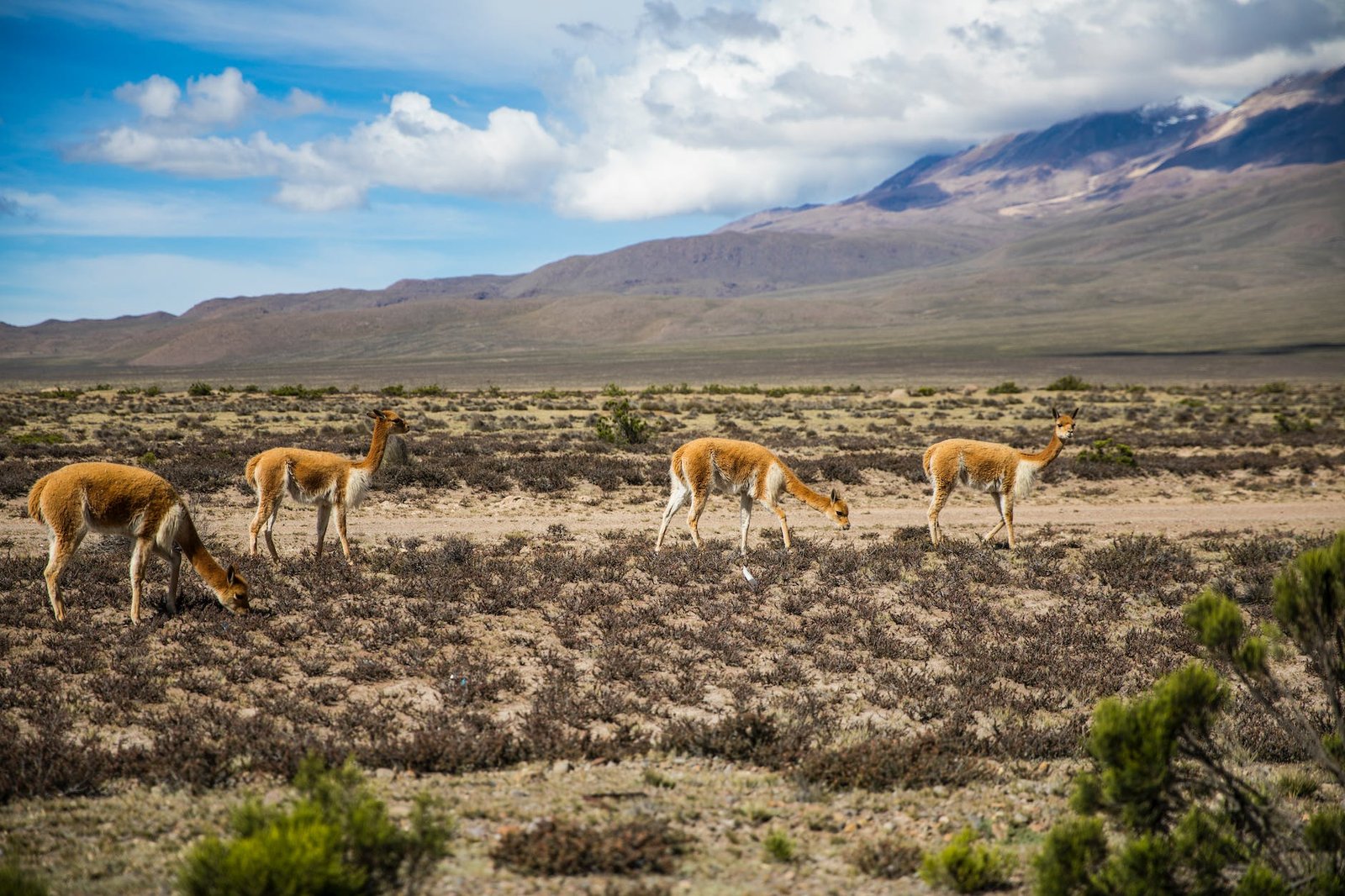
From the remote mountainous regions of the Andes to the bustling local markets, the presence of alpacas is ubiquitous. But it’s important to note, alpacas aren’t native wildlife. They don’t roam freely in the wild but are domesticated herd animals. However, they’ve armed the indigenous people with the power to survive the harsh Andean winters. Alpaca fiber, renowned for being warmer than sheep’s wool and lighter than cotton, is woven into clothing. The animal’s meat is a staple in the local diet. In Andean mythology, alpacas are revered as gifts from Pachamama, or Mother Earth.
Natively, the alpaca population primarily spans across four countries – Peru, Bolivia, Chile, and Ecuador. Let’s delve into some specifics. Based on data from the International Alpaca Association (IAA), the following markdown table depicts the distribution of alpacas in these countries:
| Country | Alpaca Population | Notes |
|---|---|---|
| Peru | ~3.6 million | Largest alpaca population |
| Bolivia | ~0.15 million | |
| Chile | ~38,000 | |
| Ecuador | ~11,000 | Coincides with their native border |
Focusing on Peru, it hosts the most significant number of alpacas, boasting around 88% of the world’s alpaca population. Possessing such vast numbers, it’s no wonder they’re the leading exporter of alpaca fiber worldwide. It’s apparent that alpacas are a lifeblood for these regions, keeping an age-old culture thriving amidst the panoramic Andean landscapes.
Are there Wild Alpacas?
There’s a common question that tends to pop up when discussing alpacas: “do alpacas live in the wild?” I’m here to shed light on this intriguing question. The answer, quite simply, is no. There are no wild alpacas. All alpacas are domesticated herd animals that have relied on humans for survival, particularly indigenous cultures of the Andean Highlands.

Alpacas’ ancestors, the vicuñas are the ones which you could find roaming freely in the wild. Vicuñas, the smallest members of the camelid family, were skillfully captured, bred, and selected generation after generation by the indigenous people of South America to create what we today recognize as alpacas.
Remember that this process has been ongoing since around 6000 BC, a testament to the patience and dedication of these ancient tribes. Understandably, it was primarily the alpacas’ gentle demeanor and quality fleece that made them prime candidates for domestication.
Huacaya and Suri, the two types of alpacas known world over, have distinct fleece characteristics that intrigued these tribes and inspired their onslaught of selective breeding. Each type offered its unique quality and texture of fleece, a precious resource that was – and still is – put to multiple uses.

Looking into alpaca distribution, it’s clear that alpacas are deep-seated within the cultural fabric of Peru, the nation with the largest alpaca population. Peru is also the leading global exporter of alpaca fiber. It’s worth mentioning that other South American countries – Bolivia, Chile, and Ecuador – host significant alpaca populations as well. However, these populations didn’t evolve naturally; they were cultivated by human hands as an essential survival resource through the centuries.
In essence, regardless of the vast landscapes they grace and the rich cultural histories they feature in, alpacas are domesticated animals; their existence, tied irrevocably to humans. They’re not part of the native South American wildlife nor found roaming wild anywhere – they’re the result of thousands of years of human care, breeding, and cooperation.


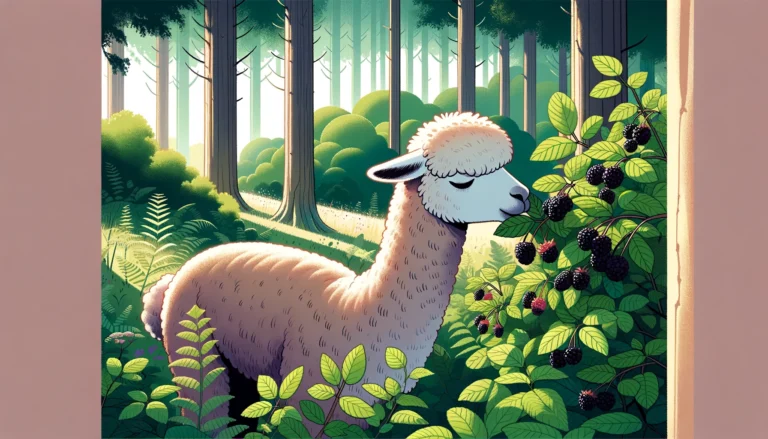
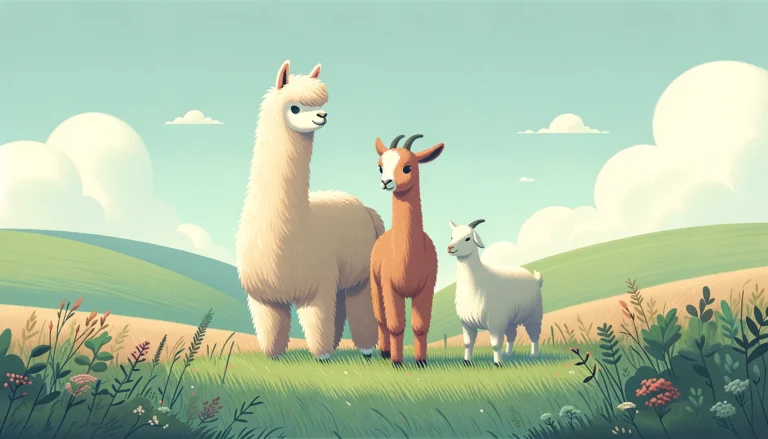
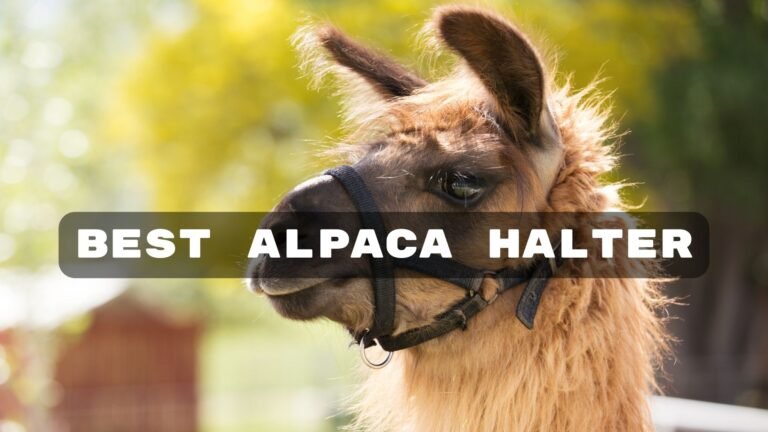
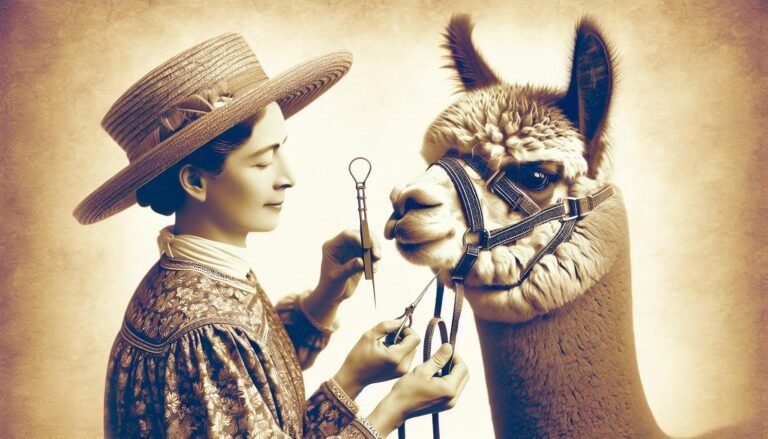
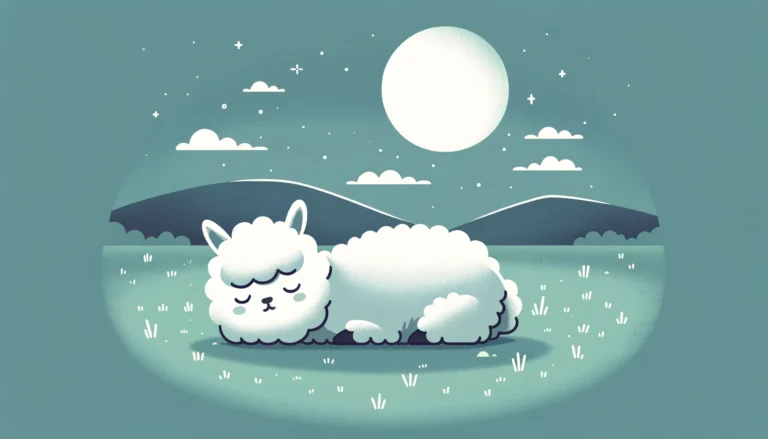
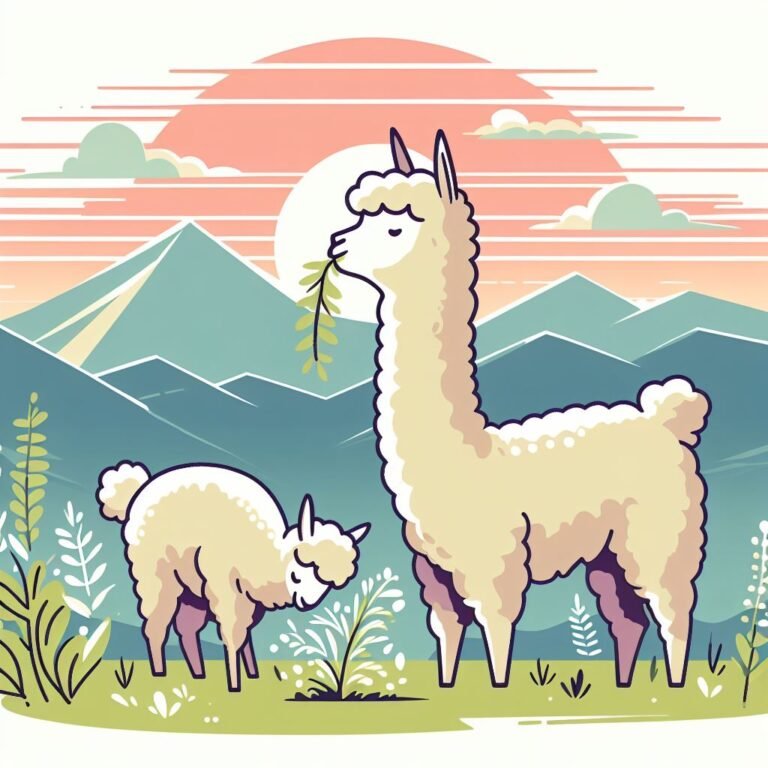
Our picks
Alpaca & Wool Felted Sole Inserts: Comfy Upgrade?
Best Alpaca Socks for Hiking: Ultimate Comfort and Durability on Trails
Best Alpaca Halter for Comfort and Control